Manganese Copper Sputtering Target Description
The Manganese Copper Sputtering Target from TFM is an alloy material composed of manganese (Mn) and copper (Cu). This high-quality sputtering material is designed for applications that benefit from the combined properties of these two elements.
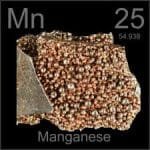 Manganese, symbolized as “Mn,” is a chemical element whose name originates either from the Latin word ‘magnes,’ meaning magnet, or from the black magnesium oxide, ‘magnesia nigra.’ It was first mentioned in 1770 and observed by O. Bergman, with its isolation later accomplished and announced by G. Gahn. Manganese has an atomic number of 25 and is located in Period 4, Group 7 of the d-block in the periodic table. Its relative atomic mass is 54.938045(5) Daltons, with the number in brackets indicating the measurement uncertainty.
Manganese, symbolized as “Mn,” is a chemical element whose name originates either from the Latin word ‘magnes,’ meaning magnet, or from the black magnesium oxide, ‘magnesia nigra.’ It was first mentioned in 1770 and observed by O. Bergman, with its isolation later accomplished and announced by G. Gahn. Manganese has an atomic number of 25 and is located in Period 4, Group 7 of the d-block in the periodic table. Its relative atomic mass is 54.938045(5) Daltons, with the number in brackets indicating the measurement uncertainty.
Related Product: Manganese Sputtering Target
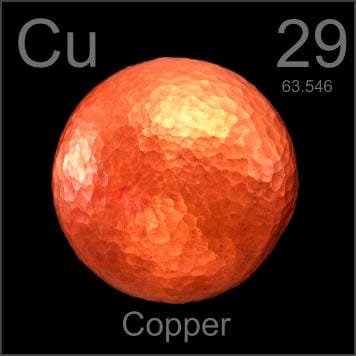
Related Product: Copper Sputtering Target
Manganese Copper Sputtering Target Application
The Manganese Copper Sputtering Target is widely used for thin film deposition in various industries. Its applications include decoration, semiconductors, displays, LED and photovoltaic devices, and functional coatings. Additionally, it is utilized in the optical information storage industry, glass coating for car and architectural glass, optical communication, and other related fields.


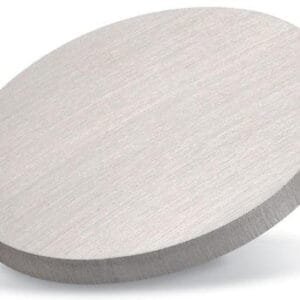
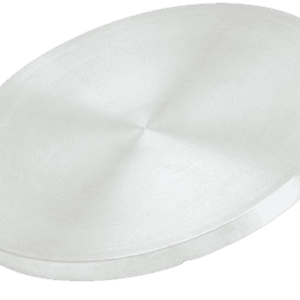
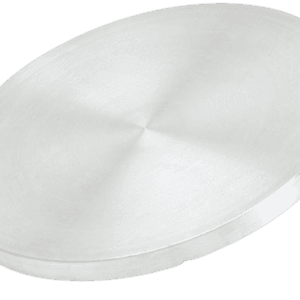
Reviews
There are no reviews yet.